Uterine Fibroids
Millions of women around the world
Are affected by the development of uterine fibroids each year. While it is not a life-threatening condition in itself, the symptoms and potential complications that come with it make it such a pressing medical concern for affected individuals.
As only women will usually possess a uterus, it follows that only women are afflicted by this ailment, which is why gynecologists will often be the first ones to make a definite diagnosis. As with so many medical emergencies, knowing the problem early will greatly increase the chances of beating it, which is why the professionals at Pedes Orange County are dedicated to administering reliable, accurate, and entirely effective diagnostics, therapies, and treatments to all clients coming through our doors.
Let’s take a closer look at what exactly we will be dealing with should uterine fibroids turn out to be the issue at hand.
What are Uterine Fibroids?
Uterine fibroids, also known as leiomyoma, are non-cancerous tumors that develop in a woman’s uterus. These fibroids can vary in size, from as small as an apple seed to as large as a grapefruit. While not life- threatening, the symptoms and potential complications of these fibroids can have a significant impact on a patient’s health and overall quality of life.
Alarmingly, up to 77% of women will develop uterine fibroids during their childbearing years. It is crucial for women to be aware of this condition and its potential risks.
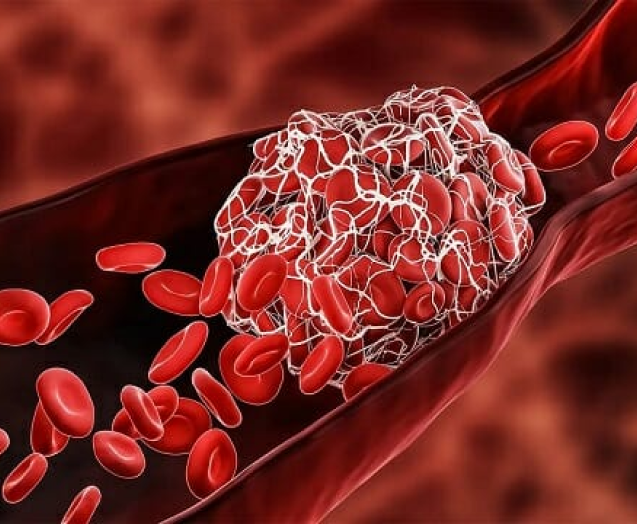
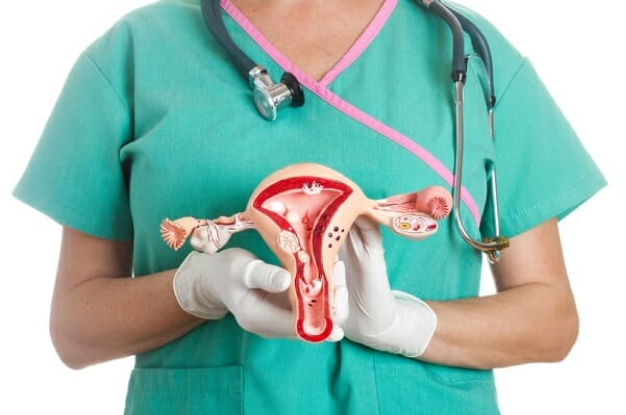
Symptoms of Uterine Fibroids
Fibroids go undiscovered in most patients due to the lack of symptoms accompanying them. However, some patients will experience varying symptoms, including:
- Frequent
- Lower back
- Pain during sexual
- Enlargement of the lower
- Heavy and/or painful menstruation, sometimes resulting in
- Increased risk of complications during
- Infertility (in severe cases).
Causes of Uterine Fibroids
Uterine fibroids, whose exact cause is still not fully understood, are believed to be influenced by genetics and hormones. Genetic issues, found in about half of fibroid cases, often involve problems with chromosomes. Hormones also play a big role in fibroid growth, with estrogen and progesterone during pregnancy causing them to grow quickly. However, fibroids usually shrink with anti-hormone medication or when menopause occurs, as the body stops producing these hormones.
Uterine Fibroid Risk Factors
There are certain natural circumstances, habits, and lifestyle choices that have been shown to come with an increased chance of developing uterine fibroids, as follow:
Research indicates that women of African American ethnicity are at a significantly higher risk of developing uterine fibroids than Caucasian women.
Uterine fibroids are mostly found in women in their mid-late forties or early fifties, where the majority enter or pass through their menopausal years.
Those with a history of uterine fibroids in their family will be more likely to develop the condition.
It is believed that consuming large amounts of red meat (beef, ham, etc.) can increase the risks of developing uterine fibroids. Eating plenty of green vegetables, on the other hand, is thought to reduce these odds.
It is believed that overweight patients are two to three times more likely to be affected than the average population.
Diagnosing Uterine Fibroids
In many cases, especially for those who do not present any noticeable symptoms, fibroids will likely be discovered in a regular pelvic exam. This is a routine checkup carried out by gynecologists. While this checkup may determine the presence of a mass or lump on the uterus, further testing will have to be carried out to make a definite diagnosis. These testing methods include:
- Ultrasound
- Magnetic Resonance Imaging (MRI)
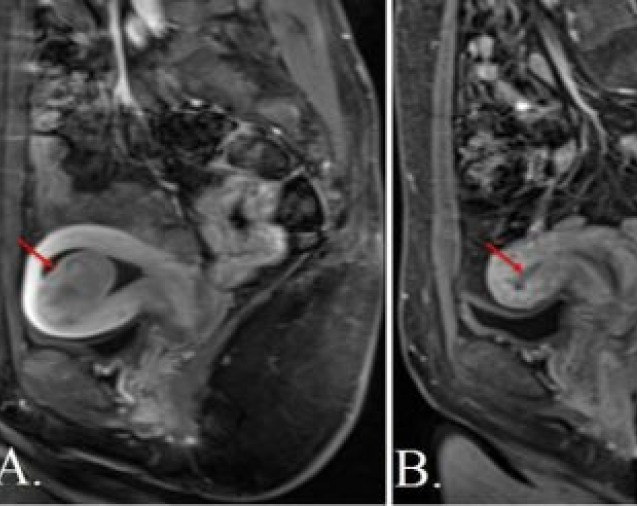
Uterine Fibroid Treatments
Uterine fibroids can impact people differently because everyone’s case is unique. This means there are many ways to handle this condition. Doctors should talk with their patients, whether they’re showing symptoms or not, to come up with a plan that best meets the patient’s needs. Usually, the go-to
treatment for fibroids involves surgical removal of the fibroids themselves or the entire uterus (hysterectomy).
At Pedes Orange County, we offer an alternative treatment called uterine artery embolization or uterine fibroid embolization (UFE). This minimally invasive alternative to surgery, involving a small incision in the groin or wrist to insert a catheter, ensures the preservation of the uterus and leaves no visible scarring. UFE is typically less daunting than a full hysterectomy, both physically and psychologically, offering a more comfortable recovery for our patients. Learn more about uterine fibroid embolization.
Uterine Fibroid Specialist in Irvine, CA
If you’re experiencing discomfort from your uterine fibroids, don’t hesitate to reach out to our vascular specialists today. Call Pedes Orange County in Irvine, CA, (949) 387-4724 to make an appointment with one of our skilled physicians or contact our friendly staff online at your convenience for more information about our specialized uterine fibroid treatments. We look forward to helping you enhance your quality of life.
Why Uterine Artery Embolization (UFE) Instead of a Hysterectomy
Benefits of UFE Over Hysterectomy
Uterine artery embolization (UFE ) is a minimally invasive procedure that effectively treats uterine fibroids and is considered an alternative to uterine fibroid surgery removal. Uterine artery embolization (UFE) is typically performed as an outpatient procedure, which means that most women go home the same day for recovery.
UFE has several benefits over hysterectomy. Besides involving only a small nick in the groin or wrist for catheter insertion, the uterus is preserved. There is no scar with UFE. For a UFE, conscious sedation is used, unlike a hysterectomy, where the woman receives general anesthesia. The recovery time for UFE is generally within 2 weeks, which is significantly faster than the usual 6-week recovery time after hysterectomy.
Women who have a hysterectomy that removed both the uterus and ovaries usually get estrogen replacement therapy (ERT) alone. But women who have only the ovaries removed need both estrogen and progestin because estrogen alone can increase the risk of cancer in the uterus.
The recovery time for UFE is generally within 2 weeks, which is significantly faster than the usual 6-week recovery time after hysterectomy.
The idea of having your entire uterus removed is psychologically daunting for women as some women may still want the option to carry a child, do not want to undergo a general surgery, and/or feel like removing the uterus takes away part of their identity as a female.
Treatments for Uterine Fibroids
With modern medication and care, conditions like fibroid tumors have become more treatable and easier to manage. Uterine fibroid embolization, for instance, is a fairly straightforward procedure used in…
Contact Us Today
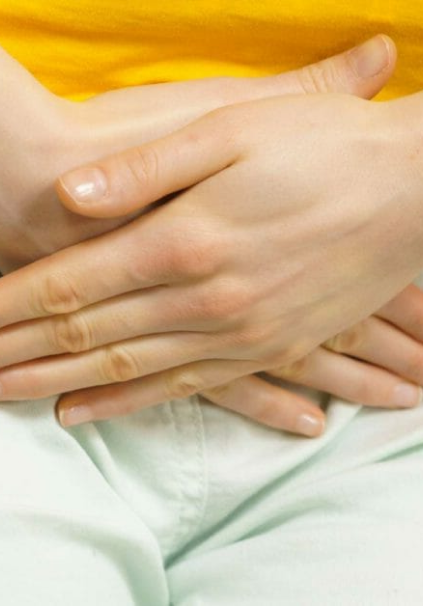
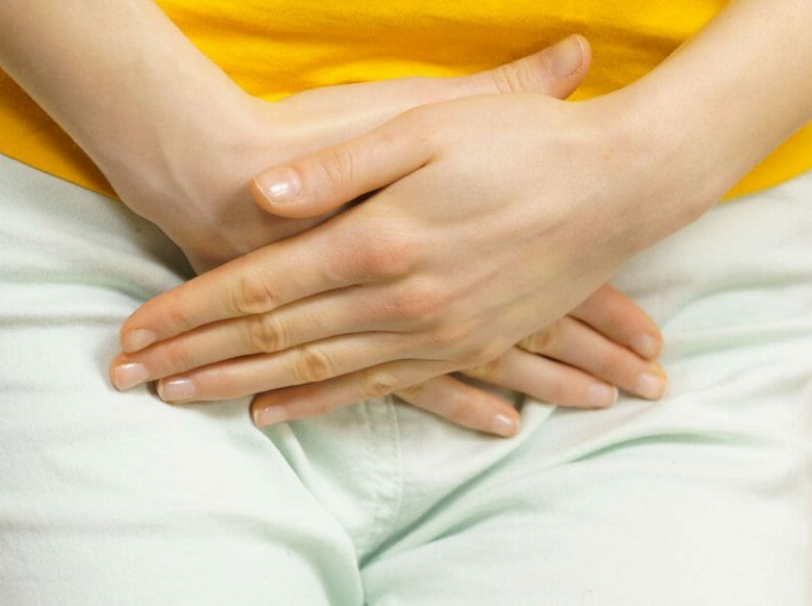
Our Vascular Disease Physicians
The physicians at Pedes Orange County devote their lives to saving limbs and minimizing pain. Our conveniently located, state-of-the-art facility is designed for your comfort and utilizes cutting-edge technology to provide minimally invasive treatments. Our vascular specialists are board-certified and some of the best in Southern California. Personable staff members make every visit a positive experience, with short wait times and an efficient, streamlined process that ensures you leave feeling educated and confident that you are in good hands.

J. Joseph Hewett, M.D.
Vascular Specialist

Neil K. Goldstein, M.D.
Vascular Specialist

Derrick Tran, MD
Vascular Specialist

Mohammad Jaber, M.D.
Vascular Specialist
Why Come to Pedes Orange County
The development of uterine fibroids is one of the most widespread issues affecting women’s reproductive health worldwide, and such an extensive and sensitive problem calls for attentive, expert, and experienced care. The staff at Pedes Orange County has a wealth of experience and specialized training in dealing with the diagnosis, treatment, and overall care of uterine fibroid patients. Get in touch with us today and schedule a screening appointment for a comprehensive healthcare experience.
What to Expect from Your Visit to Pedes

Ultrasound
Advanced ultrasound-guided examination techniques will be used to visualize the veins, arteries, or both, in your legs. This is often used in the diagnostic process to detect the presence and extent of disease.
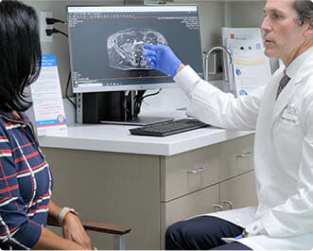
Consult
Once we review the results of your diagnostic tests, our physicians will collaborate with you to develop a personalized treatment plan, ensuring the best course of treatment for your specific condition.

Treatment
Your treatment plan will be personalized to you and your individual needs. At Pedes, we specialize in minimally invasive procedures and nonsurgical treatments, all of which are performed by our dedicated vascular physicians within the comfort of our state-of-the-art facility.

Follow up
We ensure our patients receive continuous care and support with regular follow-up visits. Each follow-up visit is scheduled at the time of your in-office appointment. Should you have a concern between appointments, we encourage you to call our office and get scheduled at any time.

Vascular Disease
Pre-register for your visit to Pedes Orange County by downloading our patient forms.






